Head to Pennsylvania for an up-close look at one of nature’s fiercest animals – the black bear. From the profoundly forested regions of Northeast PA to central and Western PA woodlands, these wild creatures have been home in the Keystone State for centuries.
With a substantial population estimated to be nearly 20,000 bears across Pennsylvania’s 67 counties today, getting an outdoorsy adventure complete with glimpses into a sense of wilderness is just around every corner.
Physical Characteristics and Habitat
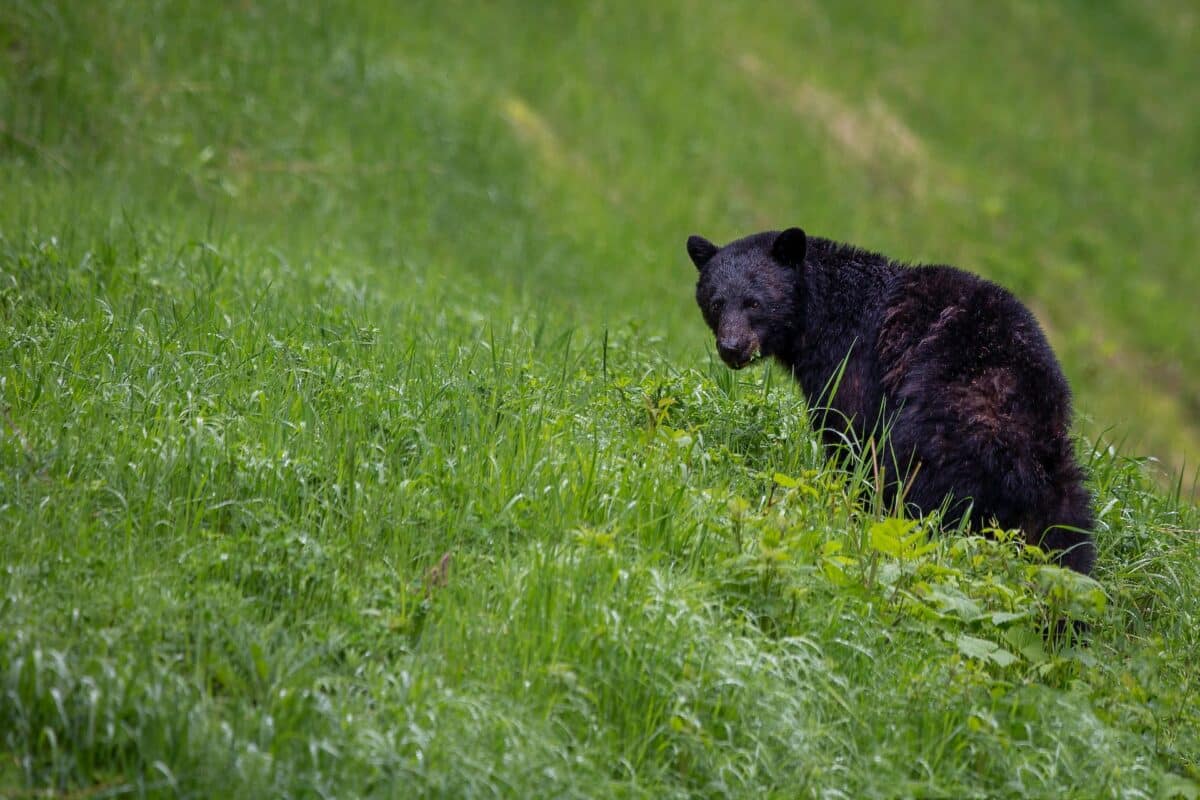
Black bears are found in many parts of Pennsylvania. This includes the Allegheny National Forest, the Pocono Mountains, and the Appalachian Mountains.
The American black bear, also known as the baribal, is a species of medium-sized bear. They are typically black but can also have brown or cinnamon fur.
Adult males weigh around 500 pounds, and females up to 300 pounds. They have curved, solid claws for climbing trees and digging, and their sense of smell is highly acute. Black bears are solitary animals and prefer to live in forested areas near streams or rivers.
Diet and Behavior

Black bears in Pennsylvania are opportunistic omnivores and will eat just about anything, from nuts and berries to small mammals, insects, and carrion. They are also known to raid human garbage cans and bird feeders, which can result in conflicts between humans and bears.
When confronted, black bears will usually retreat, but they can become bold or aggressive if they feel threatened or cornered. It’s essential for humans to avoid feeding bears and to store food sources away from their reach to prevent unwanted bear encounters.
Reproduction and Lifespan

Black bear breeding season occurs in the late spring or early summer, with females giving birth to cubs in the winter den. Litters usually consist of one to five cubs. The average number of cubs is two or three.
Cubs are born blind and helpless and will stay with their mother until they are around 1 1/2 to 2 years old. Black bears can live up to 30 years in the wild, though many die due to hunting, disease, or human conflicts before reaching that age.
The History of Black Bears in Pennsylvania
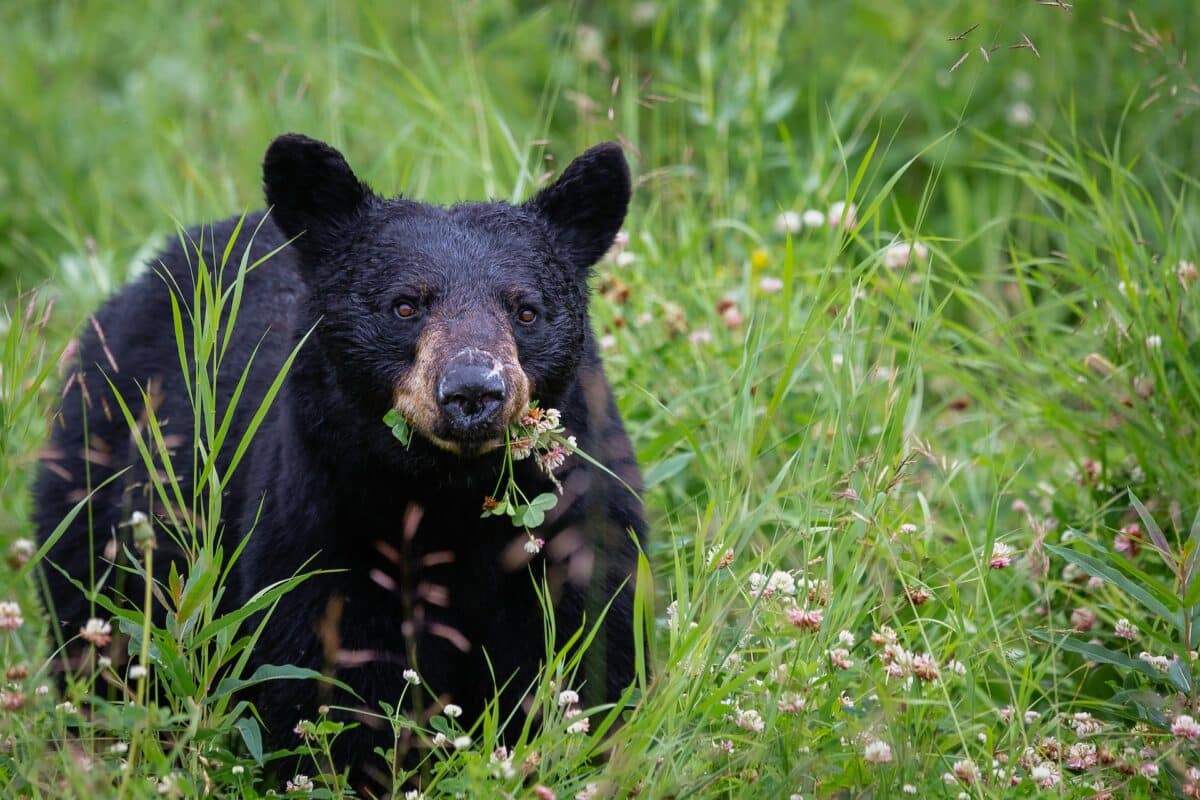
Black bears have been part of Pennsylvania’s history for centuries, with early settlers and Native Americans hunting them for meat and fur. In the early 1900s, the population of these magnificent creatures suffered a significant decline due to various factors such as overhunting, habitat destruction, and uncontrolled exploitation.
This unfortunate combination of circumstances led to a severe reduction in their numbers.
In 1935, the state began regulating bear hunting with licenses and quotas, and the population slowly began to recover.
Conservation Efforts and Population Growth
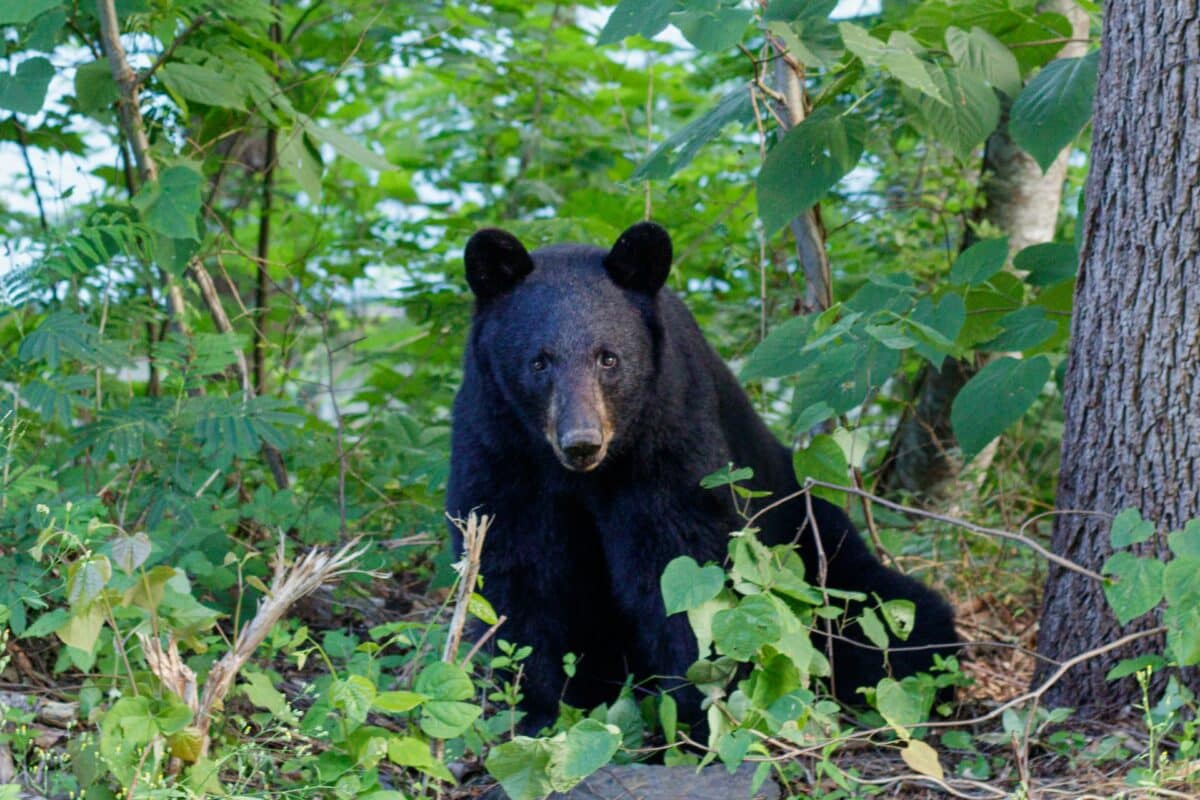
Over the next few decades, Pennsylvania implemented various conservation programs to protect and enhance the black bear population. These efforts included habitat restoration, bear research and management, and hunting regulations based on population estimates. Thanks to these initiatives, the bear population in Pennsylvania has grown significantly from just a few hundred in the 1970s to nearly 20,000 today, making it one of the largest black bear populations in the country.
Distribution throughout the State
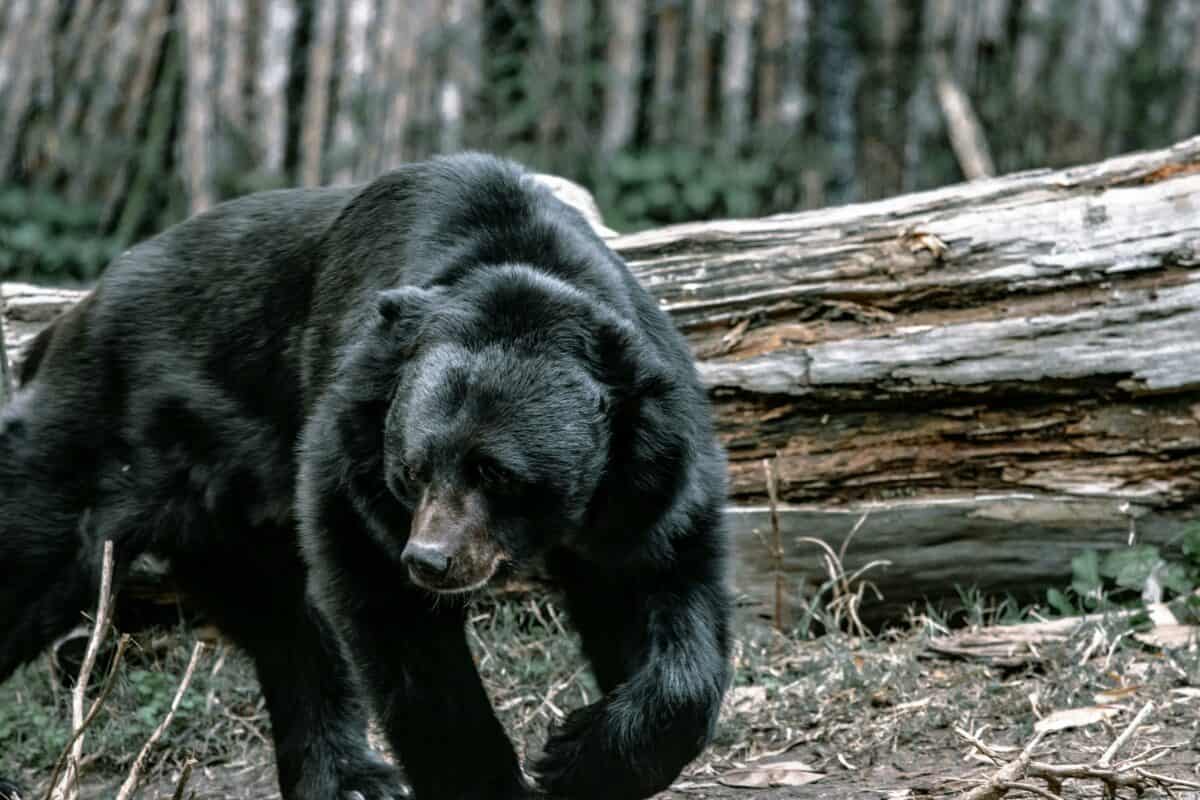
Black bears are now found in all 67 counties of Pennsylvania, with the highest concentration in the rugged forests of the northern and western regions. They prefer large, forested tracts with good food sources like berries, nuts, and insects but can also adapt to suburban areas with easy access to garbage and bird feeders.
Pennsylvania’s bear population is managed through regulated hunting, which helps control their numbers and minimize human-bear conflicts. Even though black bears may be frequently spotted in numerous regions, it’s crucial to remember that they are untamed creatures with the potential to be hazardous. As such, it is essential to treat them with respect and maintain a safe distance while observing them.
Regulations and Laws in Pennsylvania
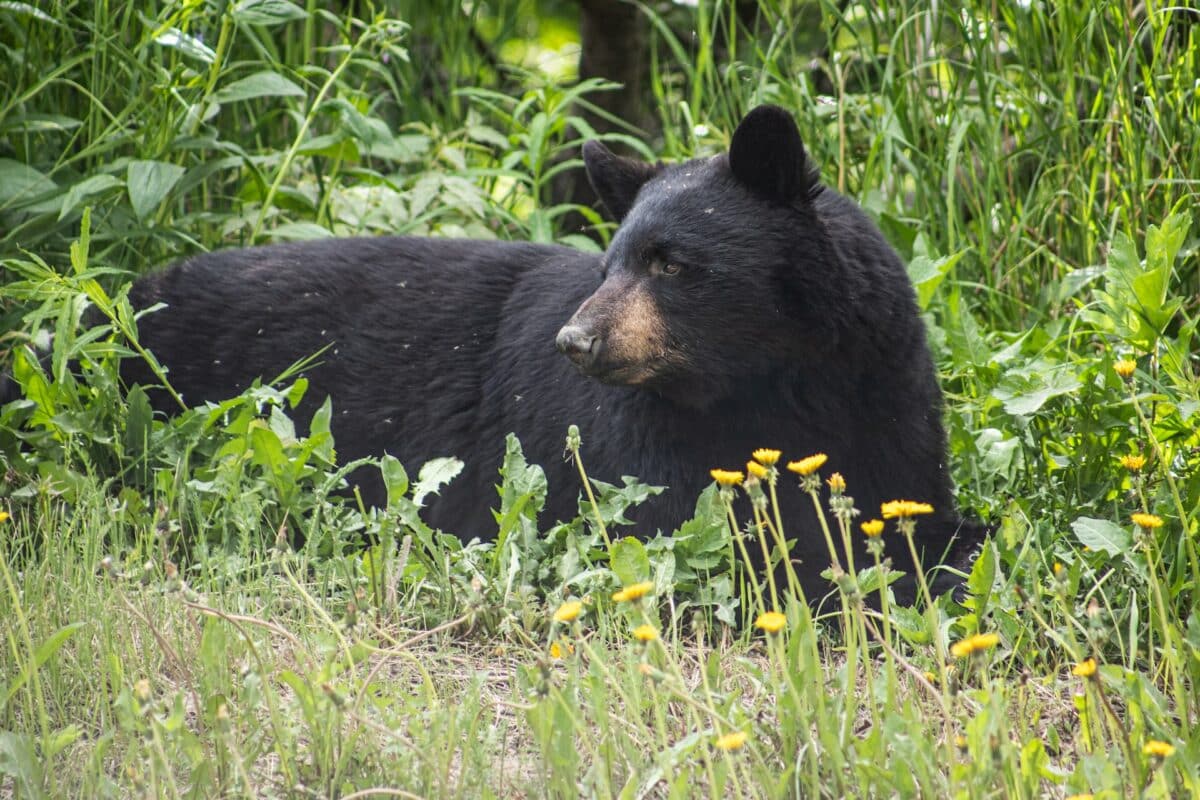
Pennsylvania has a long history of black bear hunting. Dating back to the early 1900s when the population was estimated to be less than 400 individuals. Today, with the bear population estimated to be around 20,000 bears, hunting and trapping regulations are in place to help manage the population.
In Pennsylvania, black bear hunting season is typically in November. Hunters must have a valid license, follow set bag limits, and report their kills to the state. Additionally, regulations on bear trapping require trappers to use non-lethal traps. To then notify when a bear is trapped and release any non-target animals unharmed.
Collaborative Efforts

Black bear conservation and management is a collaborative effort between various government agencies and conservation organizations in Pennsylvania. This includes the Pennsylvania Game Commission, the Pennsylvania Department of Conservation and Natural Resources, and the U.S. Fish and Wildlife Service.
These agencies work together to monitor the bear population, study their behaviors and habitats, and manage hunting and trapping regulations. Many conservation organizations contribute to black bear research and management efforts. Such as the Pennsylvania Bear Research Project, which uses GPS tracking collars to study bear movements and habitat use.
Research and Monitoring of Bear Populations

Pennsylvania has a robust black bear research and monitoring program, which includes collecting data on bear populations and their movements. The Pennsylvania Game Commission conducts an annual bear population survey. This uses a combination of scientific methods, including bear sightings reported by the public, track counts, and DNA analysis of bear hair samples.
The Pennsylvania Bear Research Project also researches bear ecology and habitat use using GPS tracking collars. This research has helped inform management decisions. This includes establishing bear hunting, trapping regulations, and identifying important habitats requiring special protections.
By collaborating on research and management efforts, Pennsylvania can ensure that its black bear population is thriving while providing recreational opportunities for hunters and outdoor enthusiasts.
Conclusion
Next up:
Join our Forum for free today!

- Huge Pet Bison Breaks Into House - July 22, 2024
- Giant Black Bear Surprises Beachgoers by Emerging from the Ocean in Florida - July 22, 2024
- Brave Man Plays Instrument While Huge Bear Caresses His Shoulder - July 22, 2024


